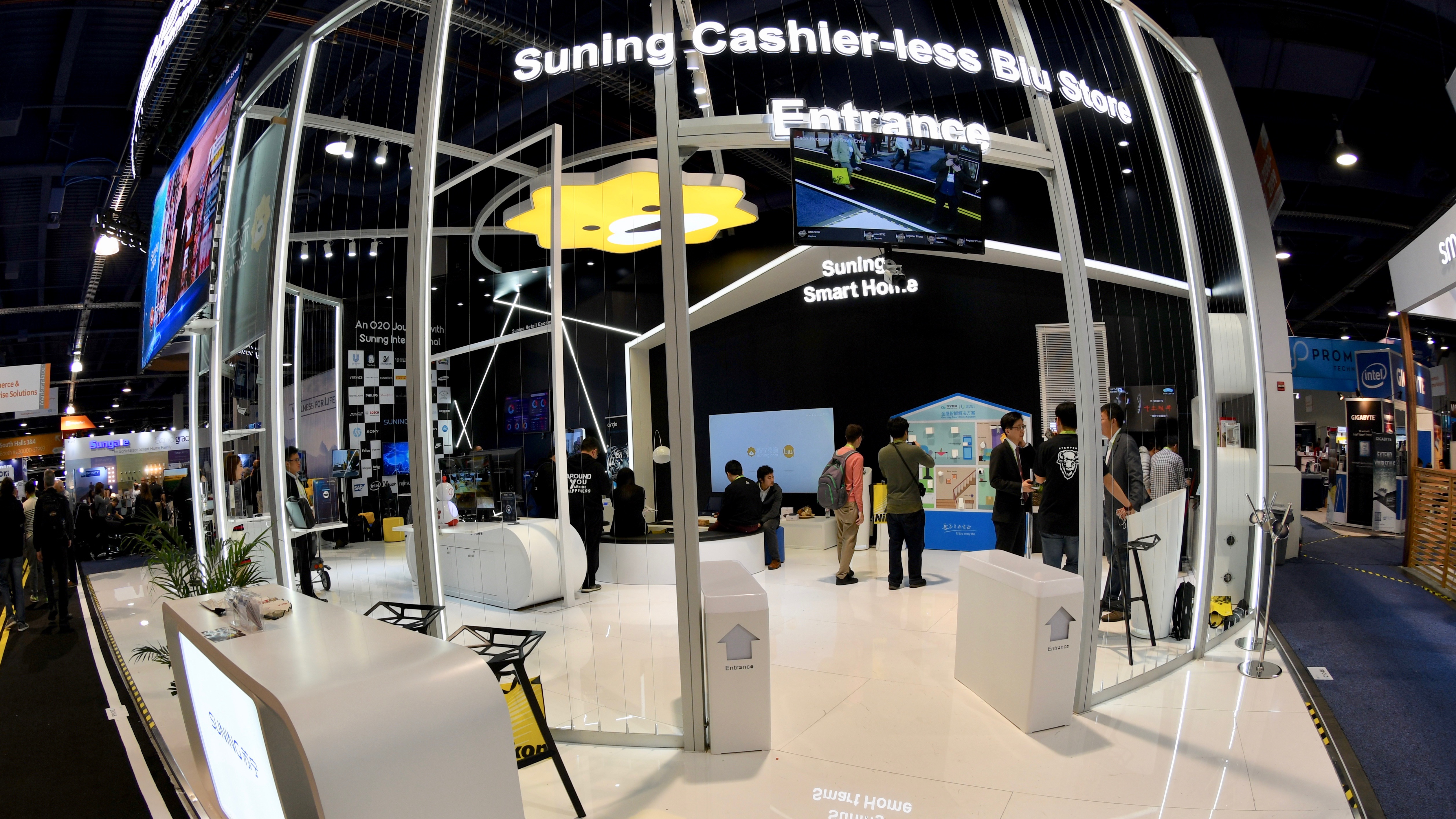With the opening of the first Amazon Go store in Seattle, unattended retail is suddenly headline news. For some retailers of course this technology may still seem like something out of The Jetsons, but it highlights an important truth about the modern retail experience that no one with an interest in the sector should ignore. Lorenzo Wood, Chief Innovation Officer, International, at DigitasLBi, outlines some of the key trends in this space and argues that the evolution of the unattended retail sector highlights the need for a revolution in the in-store customer experience.

First trailed in 2016, Amazon has finally opened its Amazon Go checkout-free retail store to the Seattle public. What does this mean for retailers? And for brands in general?
What is it?
First and foremost, this is a customer experience play. In a recent survey by DigitasLBi, over half the respondents identified some feature of checking out — especially the need to queue — as the thing they dislike most about physical retail. Amazon’s checkout-free store seemingly eliminates this by magic: walk into the store (having first registered); pick up what you want and leave; you’re notified automatically what you’ve bought and paid for.
The “magic” is clever use of machine learning to watch all the shoppers as they move around the store, spot what they pick up (and put back, if they change their minds), and therefore to figure out what to charge when they leave.
Important, or just a fad?
Amazon Go is just one store. However, at this year’s CES and NRF trade shows you could find many providers (eg, Aipoly, Deep Magic) offering any retailer the technology to provide the same experience. And while self-service checkouts have had a very mixed effect on customer experience (10% of the survey respondents picked them as their least favourite), this promises to be a genuine step up. Two thirds of the survey respondents said they would use a checkout-free store in preference to a regular one if given the choice. Staff that are not manning checkouts are free to engage customers in different, more constructive ways. And being able to identify what customers are doing in real time brings richer analytics and the ability to make the environment responsive (think nearby displays showing information about a product you’ve picked up). Therefore, it seems likely that such an experience will, one day, be hygiene.
New spaces for physical retail
Online retailers try hard to reduce barriers to conversion, whether it’s Klarna’s try-before-you-buy or Amazon’s own Prime Now two-hour delivery of an automatically curated range of goods for your local area.
Since the technology that allows stores to be checkout-free also allows unattended retail, physical retail can address the barrier of distance in a nimbler and more flexible way than even the most modern vending kiosks. Bodega, a US startup founded by ex-Googlers, aims to put 100,000 automated cabinets across the US in offices and apartment buildings — so that almost everybody is within 100 feet of one — to sell everyday essentials. Deep Magic’s Qik kiosks are ideal for semi-managed environments like malls, stations and hotel lobbies. Robomart proposes autonomous mobile stores that come to you on demand — imagine B&Q coming to you next time you are doing a spot of DIY.
China is leading
While the West has been experimenting with concepts, Chinese companies have been pushing ahead at scale for months. Startup BingoBox has 200 automated stores already, with plans for 3,000. Wheelys has been beta testing a mobile autonomous supermarket in Shanghai for six months. Major retailer Suning has opened five cahier-less electronics stores. Alibaba and Wahaha plan to launch 100,000 cashier-less stores in the next three years.
Less personal, more friendly
There’s little doubt that enabling unattended retail will create many new experiences in retail, often blurring the line between online and physical retail. As part of a bigger trend towards ambient digital experiences, it’s not without risks. Such close observation raises privacy concerns – the survey highlighted that 39% of respondents had concerns about shops storing pictures of their face for example. And taking contact with people out of the equation might make for a sterile, impersonal experience.
And yet what friendlier instruction can you give a guest than “help yourself”? And what if you can effectively offload your larder and storage cupboard to retailers, picking up what you need as you need it? Owners of electric vehicles that charge at home quickly find the familiar habit of going to fill up — and the time it takes — to be an anachronism. We may be at the start of a similar change in our relationship with shopping.